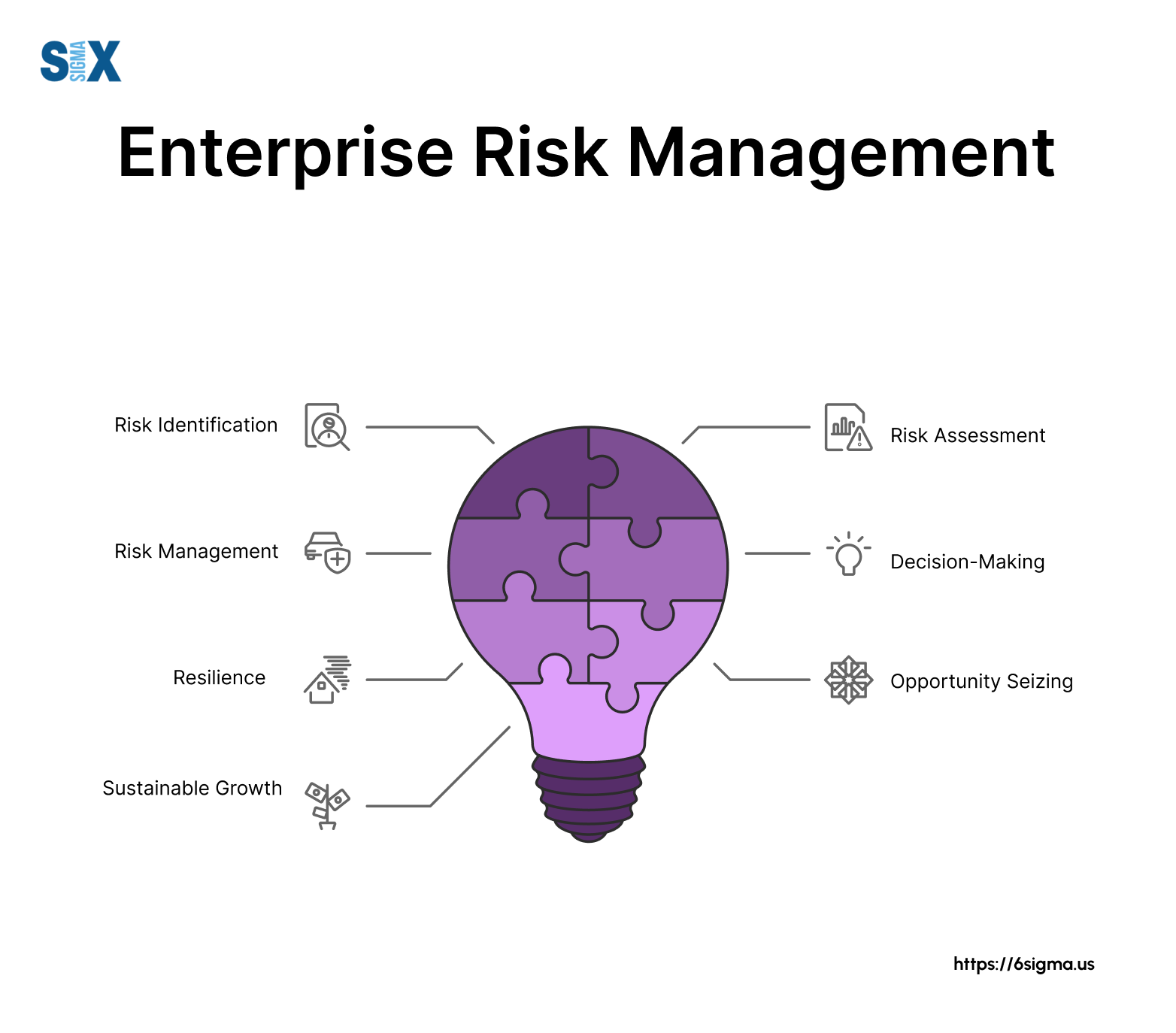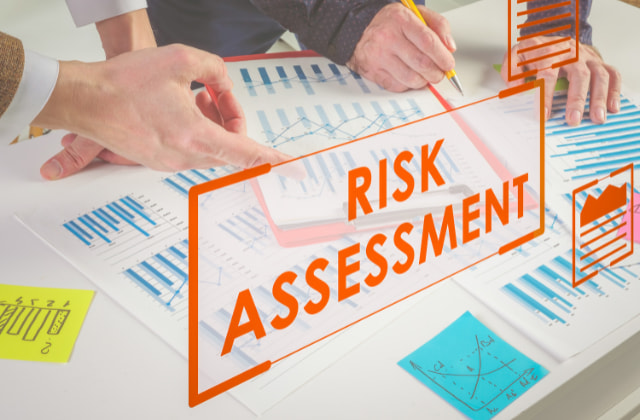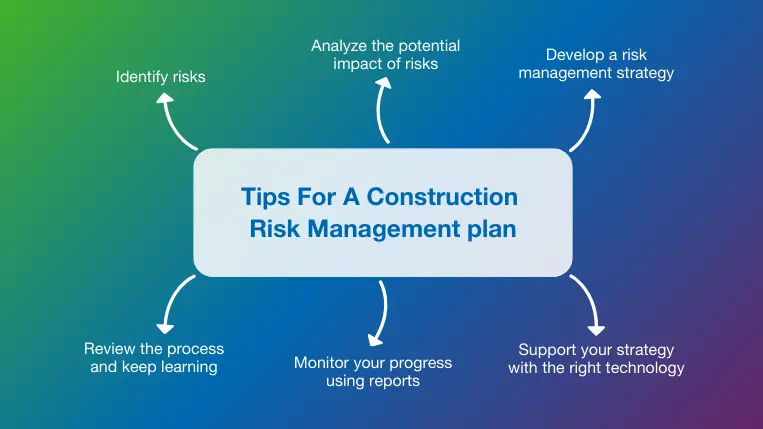The Crucial Importance of Risk Management in Protecting Business Assets
The Crucial Importance of Risk Management in Protecting Business Assets
Blog Article
Checking out the Significance of Risk Management for Effective Decision-Making Approaches
In the complex world of business, Risk Management becomes an essential aspect in the decision-making procedure. The capability to identify possible threats and possibilities, and plan as necessary, can mean the difference between success and failure. With tools such as SWOT and PESTEL, organizations are equipped to make informed selections, fostering durability and adaptability in an ever-changing setting. Wondering how this works? Let's unload the dynamics additionally.
Recognizing the Concept of Risk Management
Risk Management, a vital component in decision-making, is usually misconstrued or oversimplified. Risk Management entails self-displined and structured approaches, making use of data and informative assessments. From monetary uncertainties, lawful obligations, tactical Management mistakes, to mishaps and natural disasters, it deals with different risks - importance of risk management.
The Role of Risk Management in Decision-Making Processes
In the realm of tactical preparation and organization procedures, Risk Management plays an indispensable function in decision-making processes. Risk Management thus becomes an essential device in decision-making, helping leaders to make enlightened selections based on a detailed understanding of the risks entailed. Risk Management offers as a crucial element in the decision-making processes of any company.

Just How Risk Management Improves Strategic Preparation
In the context of tactical preparation, Risk Management plays a pivotal role. Initiating with the identification of potential dangers, it better includes the execution of Risk mitigation procedures. The role of Risk Management is dynamic yet not static, as it demands continuous monitoring and adjusting of strategies.
Recognizing Potential Threats

Carrying Out Risk Reduction
Risk reduction approaches can range from Risk evasion, Risk transfer, to run the risk of reduction. Each strategy needs to be tailored to the certain Risk, considering its prospective impact and the company's Risk resistance. Effective Risk reduction needs a deep understanding of the Risk landscape and the prospective effect of each Risk.
Monitoring and Readjusting Techniques
Though Risk mitigation is a crucial action in calculated preparation, continuous tracking and change of these techniques is just as essential. This recurring process enables companies to identify new dangers and reassess existing ones, ensuring the executed approaches remain efficient in the ever-changing service environment. It also supplies a possibility to evaluate the success of the Risk Management actions, enabling changes to be made where necessary, further improving calculated preparation. Reliable surveillance and adjustment require making use of analytics and crucial efficiency indications (KPIs) to gauge performance. These devices provide important data-driven insights that can notify calculated decision-making. Consequently, surveillance and adjusting Risk Management approaches is a critical component for improving an organization's resilience and strategic preparation.
Case Studies: Effective Risk Management and Decision-Making
On the planet of business and finance, effective Risk Management and decision-making typically function as the pillars of flourishing business. One such entity is a multinational oil company that mitigated try this out economic loss by hedging against article source varying oil prices. In another circumstances, a technology startup thrived by identifying and approving high-risk, high-reward strategies in an unpredictable market. A worldwide bank, confronted with regulative uncertainties, successfully browsed the situation via positive Risk analysis and dynamic decision-making. These instances highlight the value of sharp Risk Management in decision-making procedures. It is not the absence of Risk, however the Management of it, that usually sets apart successful firms from not successful ones. These instances underscore the essential role of Risk Management in strategic decision-making. importance of risk management.
Tools and Methods for Reliable Risk Management
These devices, such as Risk registers and heat maps, aid in recognizing and assessing prospective dangers. Risk action strategies, an essential element of Risk Management, entail approving, avoiding, moving, or mitigating risks. With these techniques and devices, decision-makers can navigate the complex landscape of Risk Management, therefore facilitating informed and efficient decision-making.
Future Fads in Risk Management and Decision-Making Techniques
As we explore the substantial landscape of Risk Management, it becomes noticeable that the techniques and tools used today will continue to progress. Future trends direct in the direction of a raised dependence on technology, with expert system and device understanding playing considerable functions. These innovations will enable organizations to forecast possible dangers with higher accuracy and make even more educated choices. Additionally, there will certainly be a growing emphasis on durability, not just in handling dangers but also in getting better from negative scenarios. The concept of Risk society, where every participant of an organization is mindful and involved in Risk Management, will get more prestige. These trends advertise an even more comprehensive and proactive method in the direction of Risk Management and decision-making.
Verdict

Risk Management therefore comes to be a vital device in decision-making, assisting leaders to make enlightened selections based on an extensive understanding of the risks involved. Risk reduction approaches can range from Risk evasion, Risk transfer, to run the risk of reduction (importance of risk management). Effective Risk reduction needs a deep understanding of the Risk landscape and the potential impact of each Risk. Risk action approaches, a crucial component of Risk Management, involve approving, preventing, transferring, or mitigating risks. The idea of Risk society, where every participant of a company is aware and entailed in Risk Management, will certainly acquire a lot more prestige
Report this page